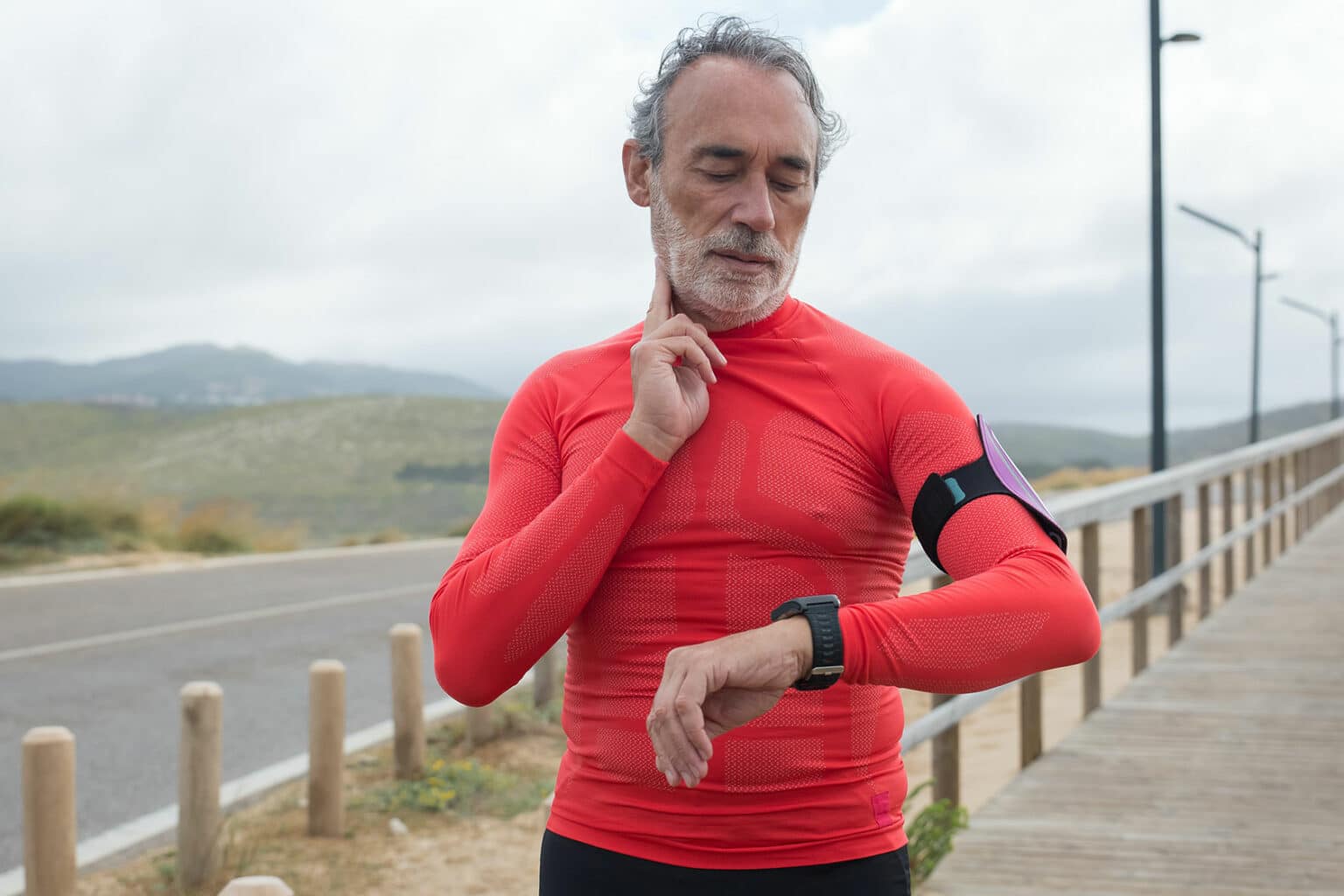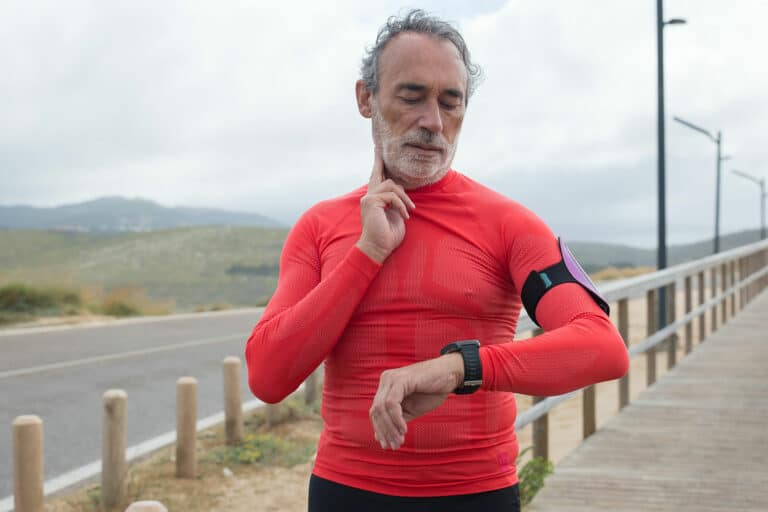


I’ve come across advice saying to use this formula for Heart Rate low intensity training https://philmaffetone.com/180-formula/ , what is your opinion Mike? Did you use this approach?
Declan
Running coach answer
Mike Gratton:
This is a quest that I don’t feel particularly qualified to answer. I never really did it. I had a VO2Max test done 6 weeks before running London in 2.09. The scientist doing the test in the lab at one of London’s sports Universities, but I accepted using 1980’s equipment, predicted I would run 2hrs 13mins. I have always been sceptical of predictors – it isn’t how the human brain works!
Whether you are using 220 minus your age or, in this case, 180 minus your age, it is still based on estimates. At 220 minus your age, you will be training harder than at 180 minus your age. Both you will need to adjust for your health and real life. It is a guessing game based on averages. Some find 220 minus their age is too slow and, ultimately, have to ignore it and run on perceived effort. These might be slow beaters.
On a training camp in Portugal with a group of runners of mixed ability from 3 hrs to 5.30hr marathon ability, we found that with running at 220 minus your age, some of the slower runners had to train at a walking pace to keep their training in zone 1. This was very frustrating for them, and I did have one runner come to me crying because the physiologist had told her to walk!
My method of getting a working heart rate is to run for 2 minutes flat out up a hill. Take the max heart rate achieved, walk back down and sprint up the hill again. Often, this gave a slightly higher max heart rate. From this max, I would work out percentage training paces. For distance runners looking to set aerobic training levels and training within a range, this is probably accurate enough.
The only way to get an accurate heart rate low intensity training reading is in a laboratory.
Ready for a speedy marathon challenge? Take a read of our 4 hour pace marathon blog.
Have a running training question? Ask Mike for free, and we’ll share the answer online for everyone to benefit! Send your question over to us today.
Share this article
Running a marathon is one of the most challenging athletic feats. It requires months of...
Your training plans say to run a half marathon in the training schedule; what if...
As a runner, you may have experienced those days when your legs feel tired and...
Aiming to complete a sub 3:30 marathon is no easy feat. It requires dedication, hard...
Completing a marathon in under four hours is a remarkable achievement for countless runners. It...
When you say ‘finish at’ marathon pace, should there be a block at marathon pace?...
We’re here to make sure you’re up-to-date with the latest running tips, events and product discounts – we’ve always got your back! Rest assured, we value your privacy and would never dream of selling your address.
BONUS: Sign up today and receive a FREE code for our Sub-4-Hour Marathon Plan